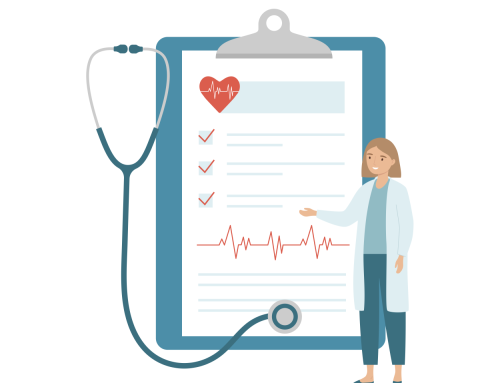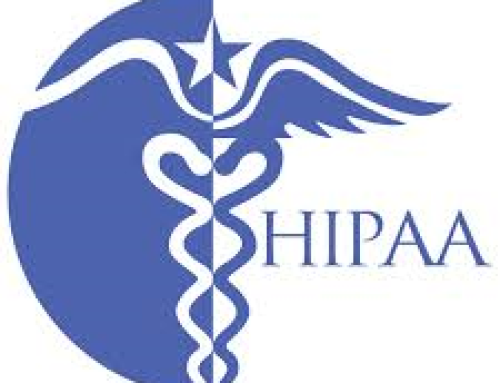RAC Audit Overview
In conjunction with the False Claims Act, a RAC audit protects the government from potential fraud, specifically within the Medicare and Medicaid system. Some healthcare providers overbill or commit other fraudulent actions against the government institutions, and these audits are designed to flesh out such activities. Let’s dive into a RAC Audit overview.
RAC is an acronym for recovery audit contractor. RAC represents an effort to audit health care providers on behalf of Medicare and Medicaid in order to identify improper payments made on claims of health care services provided to Medicare beneficiaries. The Centers for Medicare & Medicaid Services (CMS) oversee the programs to seek and correct healthcare fraud and abuse .
Improper payments may be overpayments or underpayments. Overpayments can occur when health care providers submit claims that do not meet Medicare’s coding or medical necessity policies. Underpayments can occur when health care providers submit claims for a simple procedure but the medical record reveals that a more complicated procedure was actually performed. Health care providers that might be reviewed include hospitals, nursing homes, home health agencies, physician practices, durable medical equipment suppliers and any other provider that bills Medicare Parts A and B.
The RAC program began as a demonstration program in 2005 and ran until 2008. Consequently, in the Tax Relief and Health Care Act of 2006, Congress mandated a permanent and national RAC program to be in place by January 1, 2010. The national RAC program is the outgrowth of this successful demonstration program that performed RAC audits in select states: California, Florida, New York, Massachusetts, South Carolina and Arizona. The demonstration resulted in over $900 million in overpayments being returned to the Medicare Trust Fund between 2005 and 2008 and nearly $38 million in underpayments returned to health care providers.
The CMS selects recovery audit contractors to execute audits at provider facilities. The CMS pays RAC contractors only when they find overpayments or potential fraud. For this reason, health care providers must have their records and accounting system in order, bringing healthcare compliance and financial management to the forefront and protects them from an audit in which RAC contractors may be extremely determined to find problems.
Third-party organizations provide audit preparation software to help health providers organize their records and prepare for an RAC audit. Given the aggressive nature of an RAC audit, health care providers may wish to consider consultation.
To prepare for the start of the program, an internal assessment to ensure that submitted claims meet the Medicare rules should be conducted. Additionally, providers should consider:
• Reviewing the RACs’ websites and identifying any patterns of denied claims within their own practice or facility;
•Introducing measures to promptly respond to RAC requests for medical records;
•Keeping track of denied claims and correcting these previous errors; and
•Finding out what curative actions need to be taken to safeguard compliance with Medicare’s requirements and to avoid submitting incorrect future claims.
When discovered, providers are given a chance to discuss improper payments with RAC. If there is no dispute, providers can pay by check, consent for monies to be recovered from future payments, or set up a payment plan. If there is a contradiction with the finding, providers can file an appeal within 120 days.
There are four RACs. Each one is responsible for a quarter of the country, defined by The Centers for Medicare & Medicaid Services. RACs must employ a staff that includes nurses, therapists, certified coders and a certified medical director physician. RACs receive a percentage of the improper over- or underpayment that they collect from providers.
CMS will continue to monitor the efforts of the RACs. The idea is to make certain the RACs are providing appropriate information to reach all the health care providers in their regions and make certain that no provider feels arbitrarily burdened.







